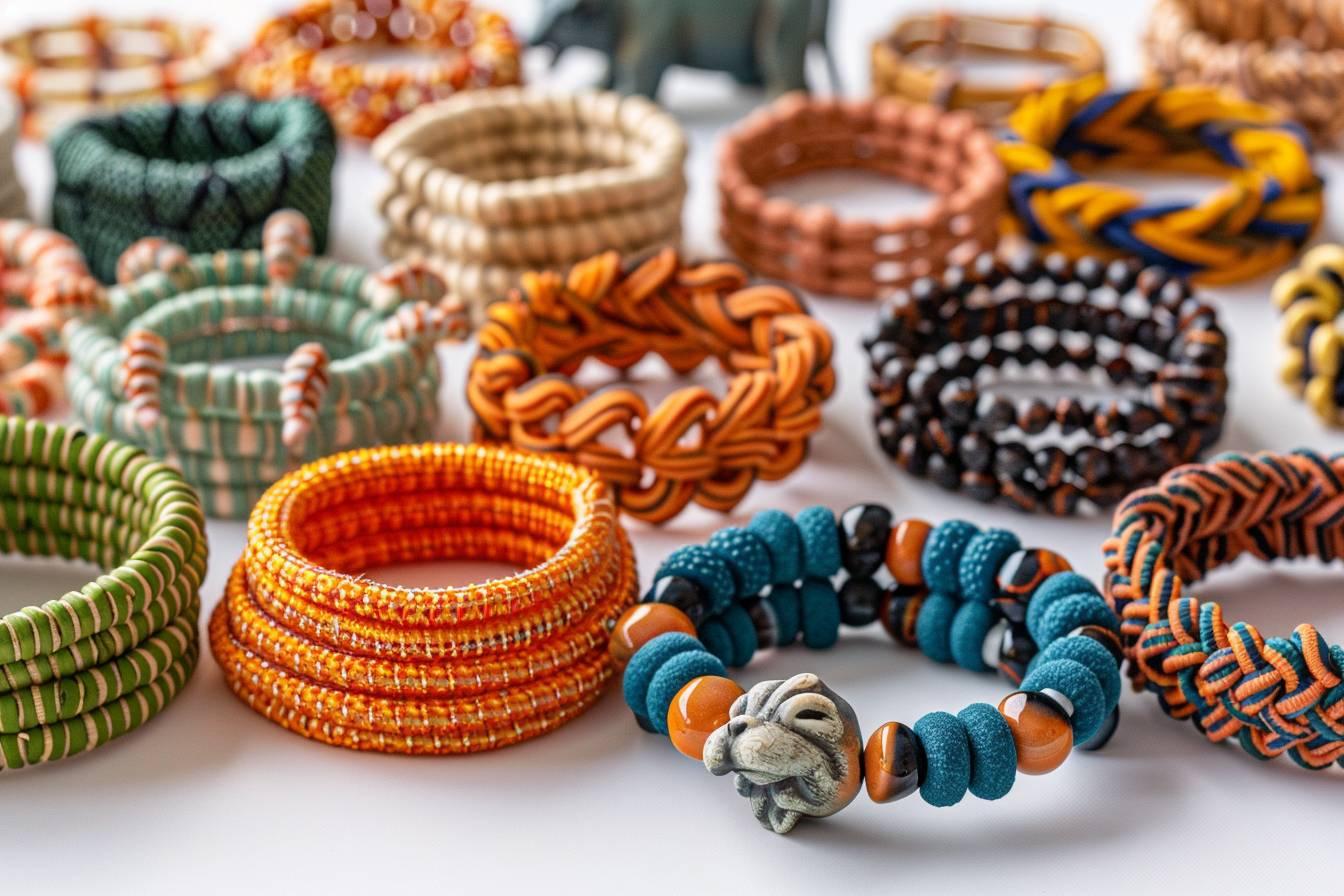Pet bracelets have become indispensable accessories for owners concerned about the well-being of their four-legged companions. These little jewels of identification offer added security and make it easier to find a lost pet. Let’s take a look at the best pet bracelets on the market, their features and benefits.
The benefits of pet ID bracelets
Pet ID bracelets offer many advantages for pet owners. First of all, they enable rapid identification of the animal in the event of loss. The information engraved on the bracelet makes it easier to return the pet to its home, reducing the stress associated with separation.
Another important benefit is protection against theft. A pet wearing an ID bracelet is less likely to be stolen, as it is clearly identified as belonging to someone. What’s more, these bracelets can contain vital medical information, such as allergies or current treatments, which can be crucial in an emergency.
Here’s a list of the main benefits of pet bracelets:
- Rapid identification in the event of loss
- Protection against theft
- Medical information available
- Peace of mind for the owner
- Customization possible
It’s worth noting that even celebrities such as Jane Goodall, the famous primatologist, recommend the use of these bracelets for the protection of domestic and wild animals in certain contexts.
The different types of animal wristbands
There is a wide variety of animal wristbands on the market, each with its own unique characteristics. The most common models are engraved metal bracelets, silicone bracelets and electronic bracelets with integrated GPS.
Engraved metal bracelets are the most classic. They are durable, water-resistant and can contain essential information such as the pet’s name and the owner’s telephone number. These models are particularly appreciated for their longevity and aesthetic appeal.
Silicone bracelets offer a lighter, more comfortable alternative. They are ideal for pets with metal sensitivities or allergies. These bracelets are often available in a wide range of colors, enabling even greater personalization.
Finally, electronic bracelets with GPS represent the most advanced technology in pet identification and tracking. These devices can locate the animal in real time via a smartphone application, giving owners added peace of mind.
Here’s a comparative table of the different types of pet wristbands:
| Bracelet type | Advantages | Disadvantages |
|---|---|---|
| Engraved metal | Durable, water-resistant, aesthetically pleasing | Can be heavy for small animals |
| Silicone | Lightweight, comfortable, colorful | Less durable than metal |
| Electronic with GPS | Real-time location, advanced tracking | More expensive, requires regular recharging |

How to choose the best bracelet for your pet
Choosing the best bracelet for your pet depends on a number of factors. It’s essential to take into account your pet’s size and weight, its lifestyle, as well as your own preferences in terms of style and functionality.
For larger dogs, an engraved metal bracelet or an electronic model with GPS may be appropriate. These options are robust and can withstand the intense activity of these animals. On the other hand, for cats or small dogs, a lightweight silicone bracelet will be more comfortable and less obtrusive.
If your pet is used to venturing far from home, an electronic bracelet with GPS may be the best option. These devices offer extra peace of mind, enabling you to locate your companion quickly in the event of a runaway.
Don’t forget to consider the information to be engraved on the bracelet. It’s advisable to include the pet’s name, your telephone number, and possibly your address. Some owners also choose to add important medical information, such as allergies or current treatments.
Here’s a list of things to consider when choosing a pet bracelet:
- Pet size and weight
- Lifestyle (indoor, outdoor, adventurous)
- Bracelet material (metal, silicone, electronic)
- Information to include
- Available budget
It’s worth noting that organizations such as the Société Protectrice des Animaux (SPA) strongly recommend the use of identification bracelets for all pets, emphasizing their importance in the protection and recovery of lost animals.
Pet wristband maintenance and renewal
Regular maintenance of your pet wristband is essential to ensure its durability and effectiveness. For metal bracelets, occasional cleaning with a soft cloth and soapy water is generally sufficient. Silicone bracelets can be washed more frequently with water and mild soap.
It is essential to check the condition of the bracelet regularly to ensure that it is not damaged or worn. A damaged bracelet can detach easily, compromising its identification role. In addition, make sure that the bracelet remains comfortable for your pet and does not hinder its movements.
For electronic bracelets with GPS, don’t forget to recharge the battery regularly according to the manufacturer’s recommendations. Also check that the software is up to date to benefit from the latest features and security enhancements.
We recommend renewing your pet’s bracelet every 2 to 3 years, or sooner if you notice signs of heavy wear. This is also a good time to update the engraved information, especially if you’ve moved or changed your phone number.
By taking good care of your pet’s bracelet and renewing it regularly, you can ensure your four-legged friend’s continued protection. This special care contributes greatly to your pet’s safety and well-being.

